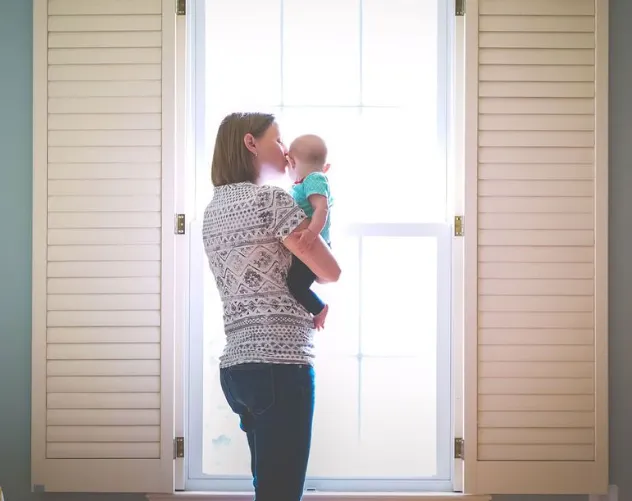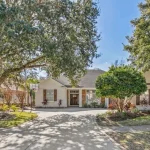When it comes to homeowners insurance, many people flip past the details and assume everything important is included. But understanding the protections and limitations of your policy can make all the difference—especially in a state like Florida, where weather and natural risks are constant concerns. Let’s break down what’s typically included, where the gaps are, and how you can expand your coverage for stronger protection.
Standard Coverage: The Core Protections
A typical HO-3 homeowners policy safeguards against many of the most frequent hazards homeowners face. While policies can differ by provider, these are usually part of the standard package:
- Fire and smoke – Whether sparked by an appliance or faulty wiring, damage from fire and smoke is one of the most common claims.
- Windstorms and hurricanes – In Florida, coverage for wind damage is essential, especially during hurricane season. Policies usually include this, though deductibles can vary.
- Lightning – With Florida ranking high in lightning strikes each year, this peril is routinely covered.
- Hail – Damage to roofs, siding, or windows caused by hail is also included.
- Theft and vandalism – Break-ins and property damage from vandalism fall under standard protection.
- Plumbing or electrical malfunctions – Sudden and accidental issues like burst pipes or electrical shorts are covered.
- Falling objects – Whether it’s a tree branch or storm debris, damage from falling objects is typically included.
While these protections cover many risks, it’s crucial to review your own policy, as coverage terms and limits can differ.
The Gaps: What Standard Policies Leave Out
Despite offering a strong base, homeowners insurance does not cover everything. In Florida, two major exclusions stand out:
Flooding – Standard policies exclude flood damage, even though flooding can occur far from coastal areas. Separate flood insurance is available, often through the National Flood Insurance Program (NFIP). Even an inch of water inside your home can cause extensive damage, making this coverage highly recommended.
Sinkholes – Florida’s limestone terrain makes it especially prone to sinkholes. While most policies exclude this risk, some insurers offer sinkhole coverage as an optional add-on.
Additional Coverage Options to Consider
If you want broader protection, these add-ons may be worth exploring:
- Flood insurance – Essential for many Florida homeowners, even those outside designated flood zones.
- Sinkhole protection – Helps cover sudden ground collapse due to Florida’s unique geology.
- Water backup coverage – Protects against damage from backed-up drains or sewer lines.
- Mold and mildew coverage – Florida’s humidity makes mold growth a frequent concern.
- Identity theft coverage – Provides resources and financial help to recover after identity fraud.
Questions to Ask Your Agent
To make sure your policy truly fits your needs, consider asking:
- What exclusions should I know about in my policy?
- How does my hurricane deductible work?
- Do I need separate flood insurance?
- Would sinkhole coverage be advisable for my area?
- What optional protections might strengthen my coverage?
Final Thoughts
Insurance is about more than peace of mind—it’s about being ready when the unexpected happens. A standard homeowners policy covers many common risks like fire, storms, and theft, but it won’t protect you against every threat. For Florida homeowners especially, adding coverage for flooding, sinkholes, and water damage can close dangerous gaps.
Taking time to understand your policy, reviewing it regularly, and asking the right questions ensures your home—and one of your largest investments—remains protected no matter what comes your way.











